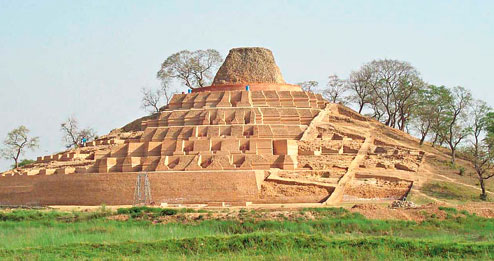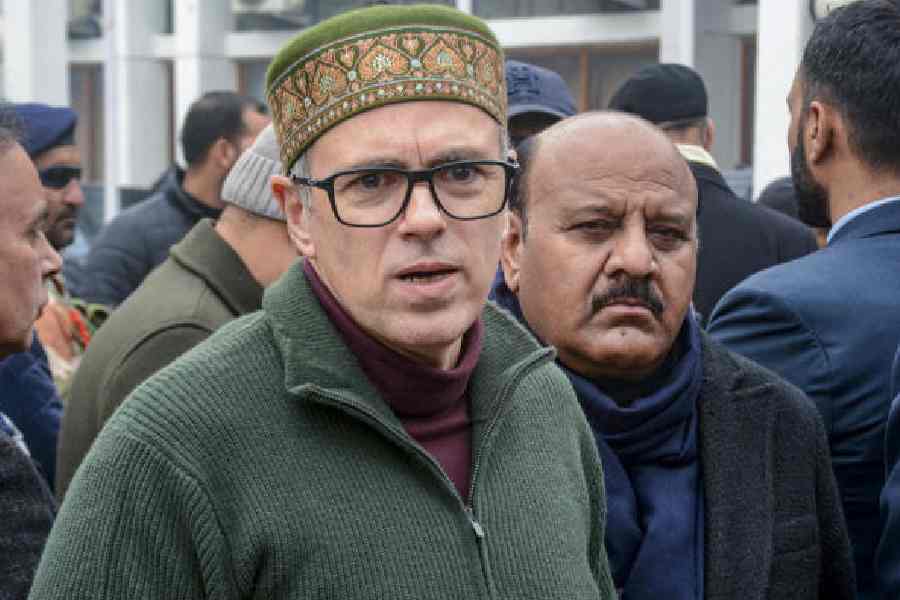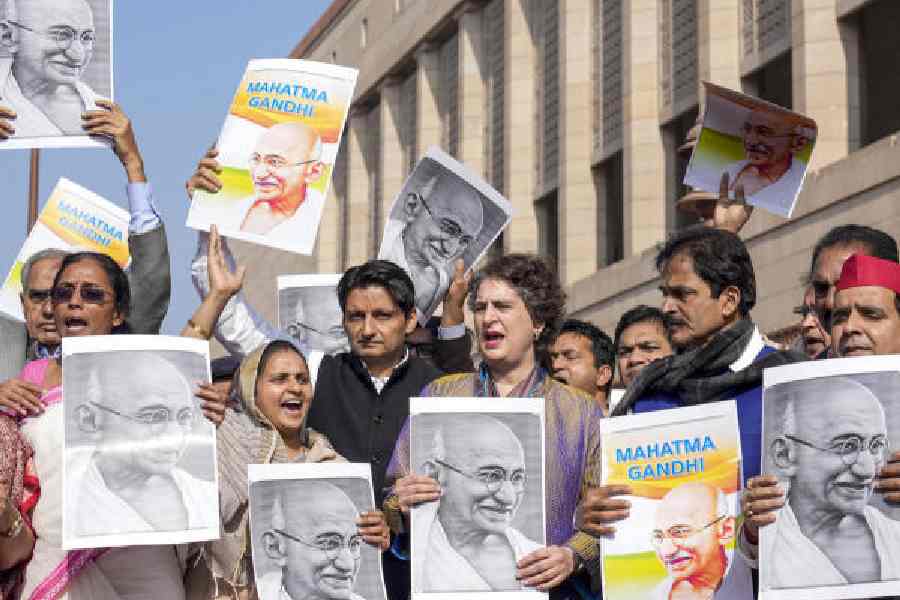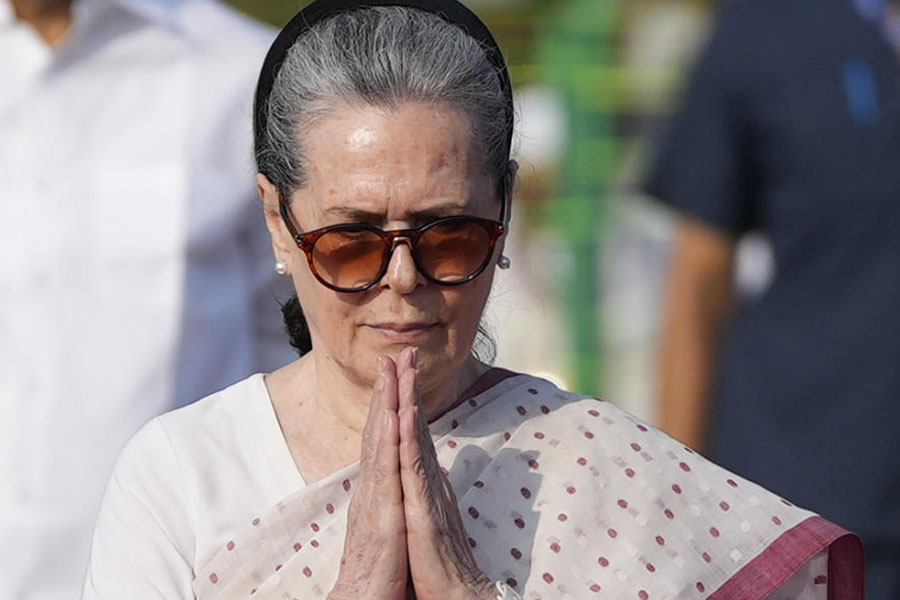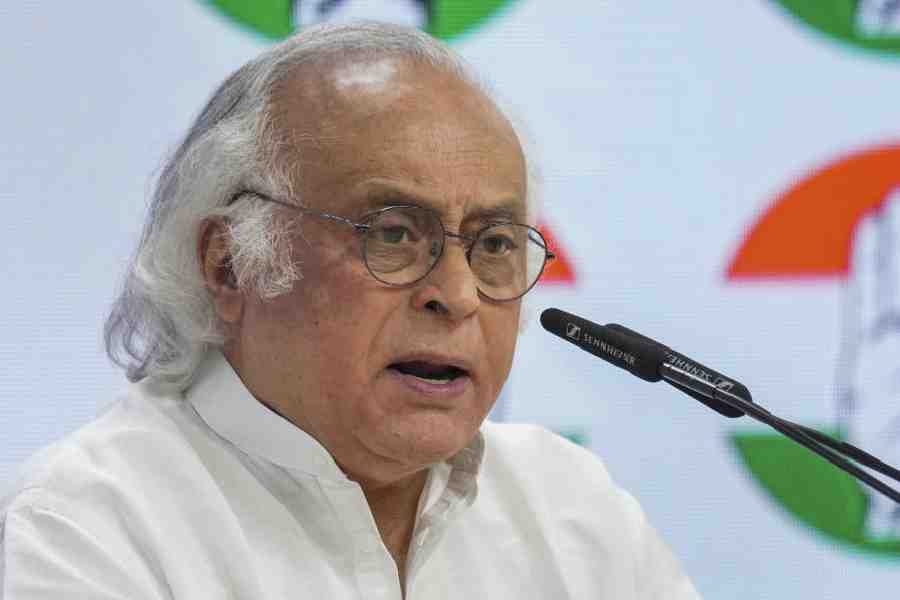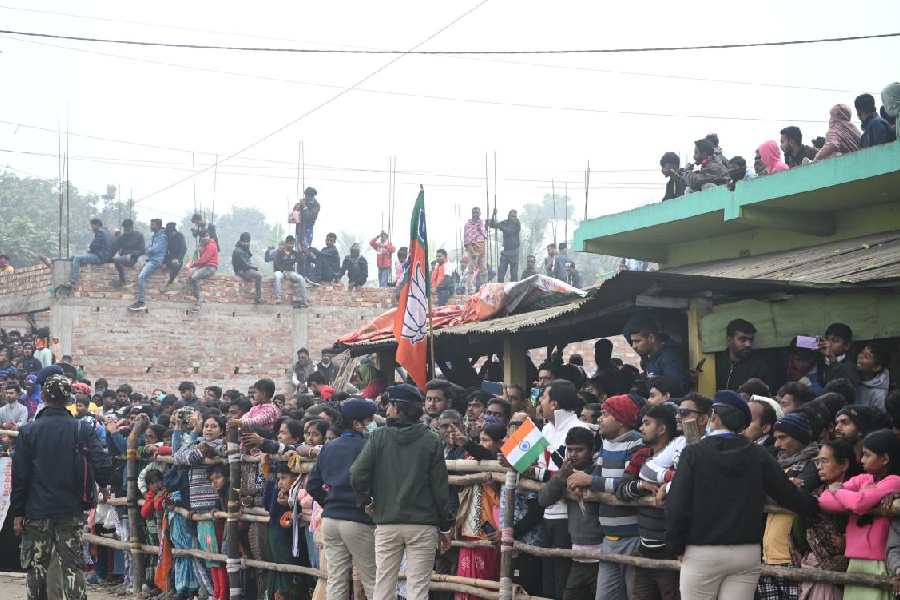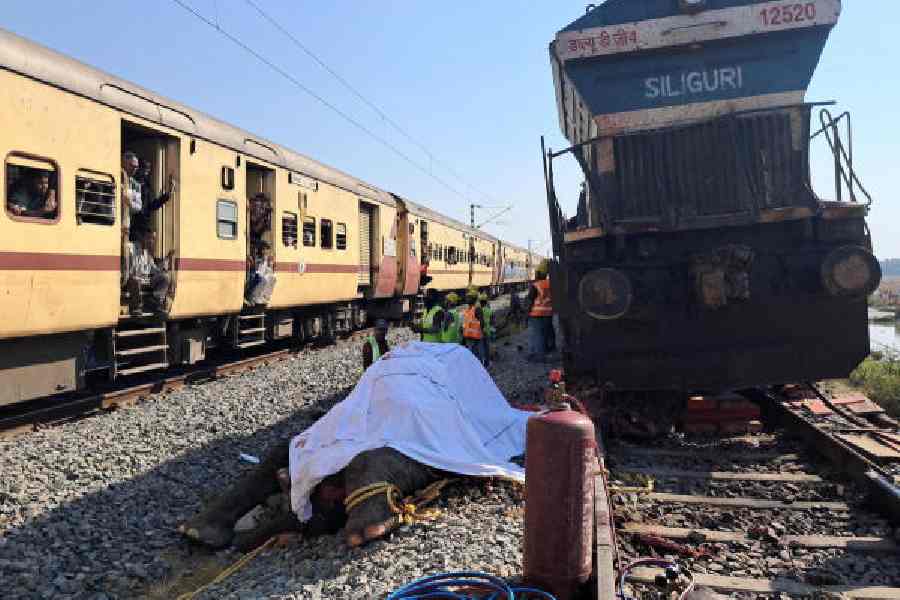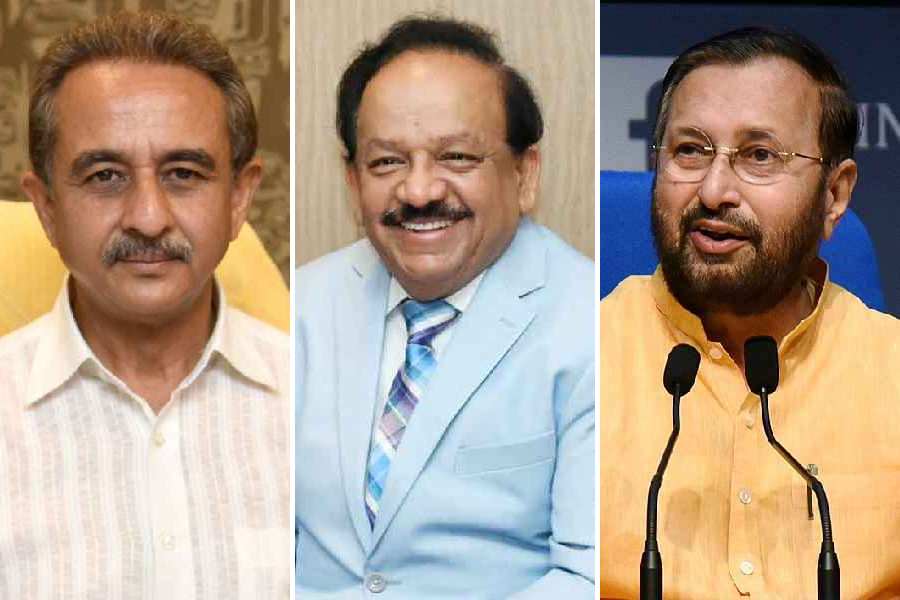
The Patna circle of the Archaeological Survey of India (ASI) will do its bit to pay tribute to Mahatma Gandhi as the state celebrates the centenary of Bapu's Champaran Satyagraha.
The ASI has decided to spruce up its protected sites in West and East Champaran districts and at Kolhua in Muzaffarpur district, which falls en route while travelling from Patna to the Champaran region.
The sites the ASI has selected for improving are Kesariya Stupa and Areraj in East Champaran district, which have Asokan pillars, and the Rampurwa and Lauria Asokan pillar sites, the Nandangarh Stupa and Chankigarh fort in West Champaran.
The 104-foot Kesariya Stupa about 120km northwest of Patna is considered the tallest excavated stupa in the world. Buddha is said to have made several announcements, which later formed part of the Jataka stories, from here during his last journey to Kushinagar. Archaeologists believe the Licchavi rulers of Vaishali built the stupa.
The Areraj pillar is said to have been built by emperor Asoka in 249BC. The single block of polished sandstone has six edicts. This pillar has no capital, which in architecture means the top part of a column.
The Lauria pillar in West Champaran district is over 2,300 years old and is in excellent condition. Two more such pillars with their capitals removed have been discovered in Rampurwa village in the district. One of the removed capitals, a bull, is in the National Museum at New Delhi and the other, a lion, is at Calcutta Museum.
The Nandangarh Stupa is in Lauria block and the Chankigarh fort is in Narkatiaganj block of West Champaran district. The ashes of Buddha are said to have been enshrined at Nandangarh Stupa.
Experts believe that the Chankigarh site, which resembles a big mound, is the remains of an ancient fort.
Kolhua, around 60km north of Patna, is said to have been part of the ancient city of Vaishali and it is believed that the local chief of monkeys had offered a bowl of honey to Buddha here. This is the place where Buddha is believed to have spent many rainy seasons. Excavations at the site have indicated presence of a swastika-shaped monastery.
"We have asked our field officials to visit all these sites and submit a report about the works which can be done for improving the condition of these sites of historical importance," said D.N. Sinha, superintending archaeologist of ASI, Patna circle.
Based on these reports, he said, a team of ASI officials from Patna would assess the feasibility of works and send a final report to the ASI head office in Delhi for approval.
"We hope that all these formalities would be done at a fast pace so that the required work could be completed within a year," Sinha added.
Sinha also clarified that the new works would be in addition to the one sanctioned for the Kesariya stupa site where the boundary wall work would be completed and a toilet complex would be developed for visitors.

